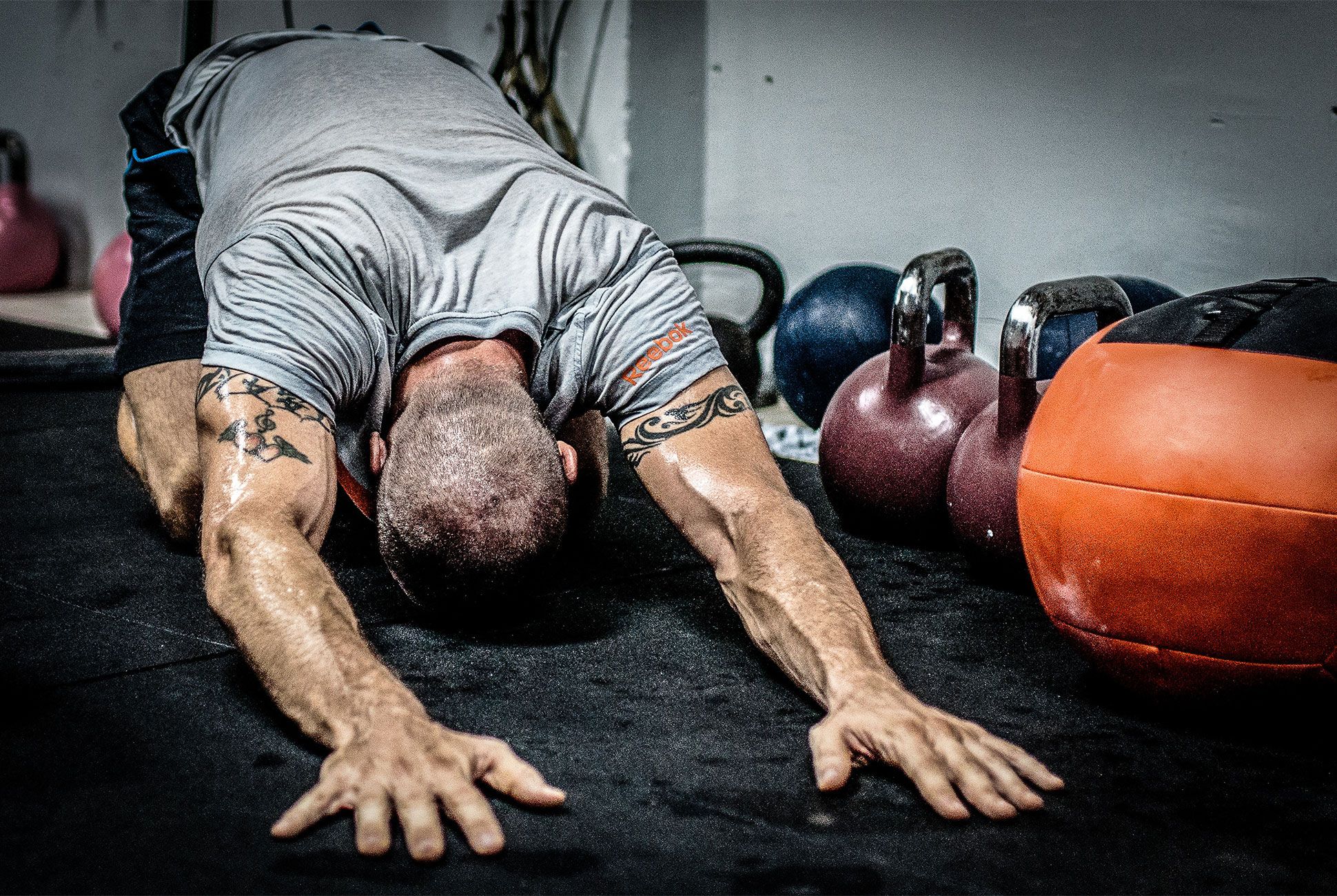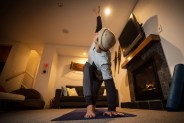Yoga has always been about finding your inner balance. You could time-travel to ancient India and study under the Hindu priests who conceived yoga, and not much would be different from today’s yoga classes — probably less weird ambient music and overpriced coconut water, though. But there’s one relatively new sect of yoga that many people have yet to learn: yoga as a means of enhancing athletic performance.
Hayley Winter is the founder of The Institute of Yoga Sports Science, a New York City–based organization that teaches physiotherapists, athletic trainers, yogis and other health professionals how to use yoga to improve their clients’ sports performance, as well as their own. The YSS also conducts extensive case-study research into yoga’s effects on sports performance; according to Winter, the YSS has the “largest research database in the world on the efficacy of yoga to improve athletic performance.” Winter and her force of sports yogis, spread over 13 countries, have worked with several high-profile athletes including Gareth Bale, a Welsh soccer player, and Alastair Cook, an English cricket player.
Winter herself has over 30 years of experience as a yoga instructor and a Master’s Degree in Sports and Exercise Biomechanics. Below, she outlines how yoga can and should be used not just to find your inner balance, but to unlock a whole new level of athletic prowess.
It’s not just about becoming more flexible. “Everybody knows that yoga has many [mental and physical] health benefits,” Winter says. “I think a lot of people, and probably many athletes, assume that one of these benefits is to improve flexibility — and of course it does. But another thing yoga can do for an athlete is, it can help to improve greater body control, both at high and low speed. By developing neuromuscular control, through the application of specific yoga techniques, it actually trains the muscles to respond to rapid or unexpected directional changes.” This control can be seen in experienced yogis, who execute difficult poses slowly, fluidly, and without muscular trembling. (Whereas beginners in yoga often vibrate like a scared chihuahua.) That same amount of muscular control can be translated from yoga to sports.
Improve your muscles’ energy efficiency. “One of the things that happens in a general yoga class is, you get a sense of overall movement,” Winter says. “But for an athlete that has really targeted, specific structural needs, the functional stability and structural integrity of movement at the joints can improve, and the global muscles around the joints are also responding to that. So it helps establish a much more fluid and economical movement.” What this means, essentially, is that yoga improves the strength of not just your muscles, but your joints as well.
Increase lung strength. “By improving breathing, you improve your VO2 max levels, and also stability and focus and concentration and performance nerves,” Winter says. “These are all elements key to an athlete’s performance. The breathing element is often the most overlooked by athletes.”


